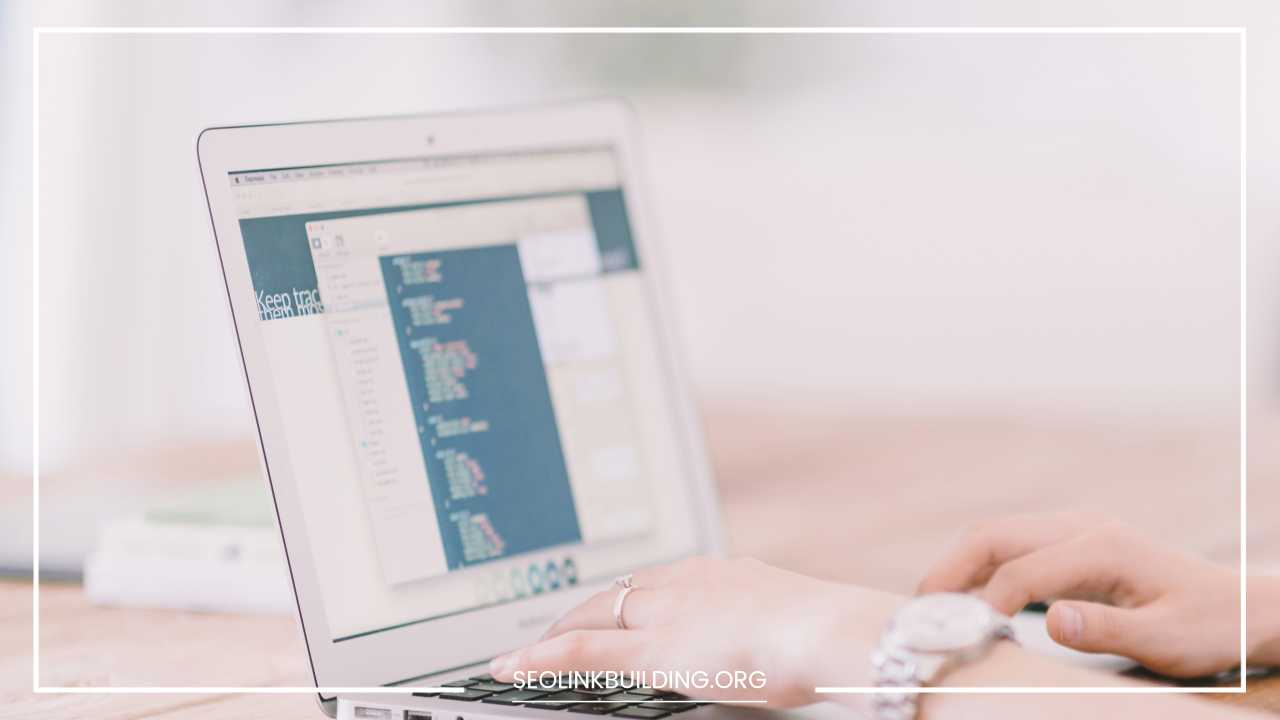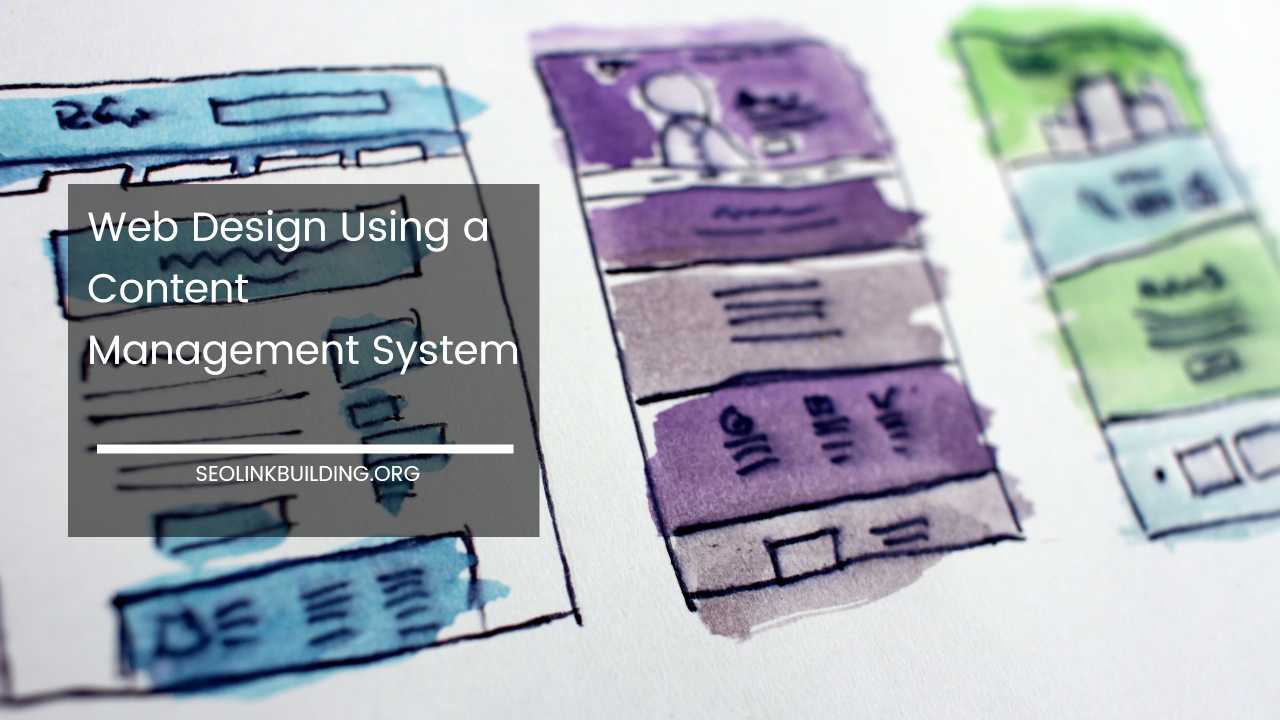Blog Security: Ultimate Guide to Secure Your Blog

Blog Security
Blog Security: Fortifying Your Digital Oasis
In the ever-expanding digital realm, your blog transcends the boundaries of a mere online diary. It becomes a platform for your voice, ideas, and potentially, your business.
However, with this online power comes a significant responsibility: security. A hacked blog can be a devastating blow, leading to data breaches, content manipulation, and crippling reputational damage.
This comprehensive guide empowers you to fortify your blog against the ever-present threats lurking in the digital shadows.
We’ll delve into the intricacies of blog security risks, explore best practices to safeguard your precious online space, and equip you with the knowledge to build an impenetrable fortress against cyberattacks.
The Adversary’s Arsenal: Understanding Blog Security Threats
Before we embark on our defensive journey, it’s crucial to identify the offensive forces. Here’s a detailed breakdown of common security threats blogs face:
- Brute-force Attacks: Hackers unleash automated tools that relentlessly bombard your login page, systematically trying out countless username and password combinations. Weak passwords are akin to an open door for these attacks.
- Malware Injection: This malicious strategy involves injecting harmful code into your blog. This code can then infect unsuspecting visitor’s devices with viruses or spyware, or even redirect them to phishing websites designed to steal personal information.
- SQL Injection Attacks: These attacks exploit vulnerabilities within your blog’s database. By injecting malicious SQL code, hackers can potentially steal sensitive information like user data, comments, or even gain complete control of the database itself.
- Distributed Denial-of-Service (DDoS) Attacks: Imagine a digital flash flood. Hackers overwhelm your blog with a massive influx of traffic from compromised devices, causing your server to crash and become inaccessible to legitimate visitors. This effectively silences your voice and disrupts your online presence.
- Content Theft: Plagiarism is a constant threat, especially for bloggers who create unique and valuable content. Hackers or unscrupulous individuals might steal your content and pass it off as their own, diminishing your originality and potentially impacting your search engine ranking.
Building an Impregnable Fortress: Essential Practices for Blog Security
Now that you’re armed with the knowledge of security threats, let’s construct a robust defense system for your blog. Here are some essential practices to fortify your blog:
- Fort Knox Passwords: Think of your passwords as the digital keys to your kingdom. The stronger and more unique they are, the more secure your blog becomes. Utilize a combination of uppercase and lowercase letters, numbers, and symbols to create complex passwords. Consider employing a password manager. These handy tools generate and securely store strong, unique passwords for each of your online accounts, eliminating the need to remember (and potentially reuse) weak passwords.
- Two-Factor Authentication (2FA): Don’t settle for a single layer of security. 2FA adds an extra layer of protection by requiring a secondary verification code after entering your password. This code can be sent via text message, a dedicated app, or a security key. Hackers would need to not only breach your password but also gain access to your phone or authentication device to compromise your account.
- Regular Updates: Outdated software, themes, and plugins are security vulnerabilities waiting to happen. Hackers are constantly searching for flaws in these components. Make it a habit to regularly update your blog’s core software, themes, and plugins. This ensures that you benefit from the latest security patches and fixes, keeping your blog safe from known vulnerabilities.
- Secure Hosting: Your web hosting provider plays a critical role in your blog’s security. Choose a reputable provider that prioritizes security measures. Look for a hosting service that offers features like firewalls, which filter incoming and outgoing traffic to block malicious activity, intrusion detection systems (IDS) that continuously monitor your blog for suspicious activity, and regular backups. Backups create a copy of your blog’s data at a specific point in time. In the unfortunate event of a security breach or technical issue, backups allow you to restore your blog to a previous, uncorrupted state.
Beyond Backups: Expanding the Security Net
While backups are a critical safety net, here are some additional practices to further strengthen your blog’s security posture:
- Vulnerability Scans: Don’t wait for a security breach to happen before taking action. Regularly scan your blog for vulnerabilities using security scanners. These tools act like digital security inspectors, meticulously examining your software, themes, plugins, and configurations to identify weaknesses that could be exploited by hackers. By proactively addressing these vulnerabilities, you can effectively plug the holes in your blog’s security armor.
- User Management: Be mindful of the access you grant to users on your blog. Assign administrative access only to individuals you trust explicitly. Regularly review user accounts and remove inactive ones. Limiting administrative access helps prevent unauthorized modifications, data breaches, and malicious activity on your blog.
Building Trust and Transparency: Security Beyond the Firewall
Security goes beyond protecting your blog; it’s also about building a strong foundation of trust with your audience. Here are some additional tips to foster transparency and establish a secure environment for your readers:
- Privacy Policy: In today’s digital age, users are increasingly concerned about data privacy. Clearly outline your data collection practices and how you use visitor information in a comprehensive privacy policy. This policy should detail what data you collect (e.g., email addresses, cookies), how you use it (e.g., for marketing purposes, analytics), and how users can control their data (e.g., opting out of email lists).
- Secure Contact Form: Ensure your contact form utilizes a secure connection (HTTPS) to encrypt any user information submitted through it. This encryption scrambles the data being transmitted, making it unreadable to anyone who might try to intercept it. Implementing HTTPS on your contact form demonstrates your commitment to protecting your readers’ privacy.
- Comment Moderation: Blog comments can be a great way to engage with your audience, but they can also be a target for spammers or malicious actors. Consider implementing a comment moderation system to review comments before they are published. You can also allow readers to flag inappropriate comments for your review.
- Data Security Best Practices: Be transparent about the security measures you take to protect user data. This could include details about data encryption, access controls, and how you handle security incidents. By demonstrating your commitment to data security, you build trust with your readers and assure them that their information is safe with you.
- Vulnerability Disclosure Policy: Consider establishing a vulnerability disclosure policy. This policy outlines the process for security researchers to report vulnerabilities they discover on your blog. By providing a clear and accessible channel for reporting vulnerabilities, you encourage responsible disclosure and allow for prompt remediation of security issues. Transparency in vulnerability reporting fosters trust and demonstrates your commitment to maintaining a secure platform.
Security Beyond Your Blog: Extending Your Defenses
While the focus so far has been on securing your blog itself, it’s important to consider the broader security landscape. Here are some additional practices to extend your security measures beyond your blog:
- Secure Your Personal Devices: The devices you use to access and manage your blog are potential entry points for attackers. Implement strong security practices on your personal computers and mobile devices. This includes using strong passwords, keeping software updated, and being cautious about clicking on suspicious links or opening unknown attachments.
- Beware of Social Engineering Attacks: Hackers don’t always rely on technical exploits. Social engineering attacks attempt to trick you into giving away sensitive information or clicking on malicious links. Be wary of emails, phone calls, or social media messages that appear to be from legitimate sources but have an unusual request. Never share your login credentials or any other sensitive information unless you are absolutely certain of the sender’s legitimacy.
- Stay Informed: The world of cybersecurity is constantly evolving. New threats emerge, and existing ones adapt. Stay informed about the latest security threats and best practices. Subscribe to reputable security blogs and resources to stay vigilant and adapt your security posture accordingly.
Final Word: Building a Secure Blog – A Continuous Journey
Blog security is not a one-time fix; it’s an ongoing process. By implementing the practices outlined above, you can significantly enhance your blog’s security posture and create a safe and secure environment for yourself and your audience.
Remember, security is a journey, not a destination. Stay vigilant, stay informed, and adapt your security measures as needed to maintain a robust defense against evolving threats. By prioritizing security, you can ensure that your blog remains a thriving platform for your voice and ideas.













